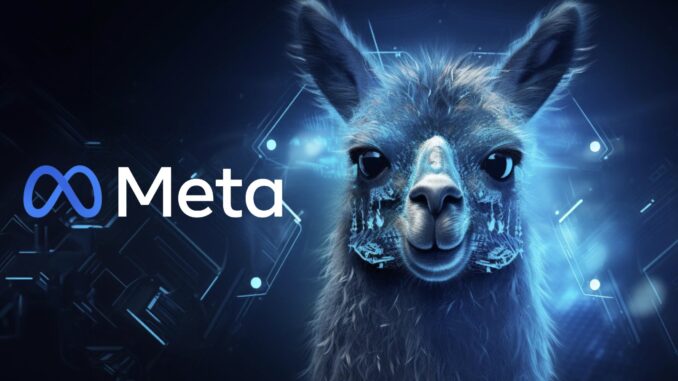
Meta, led by CEO Mark Zuckerberg, has introduced Llama 3.1, a groundbreaking advancement in open source AI technology. This release marks a pivotal moment in Meta’s commitment to democratizing access to artificial intelligence. Zuckerberg has hailed Llama 3.1 as “the first frontier-level open source AI model,” aimed at challenging the dominance of closed AI systems.
Llama 3.1 Model Range and Features
The Llama 3.1 series includes three distinct models: 405B, 70B, and 8B. According to Zuckerberg, the 405B model competes with the most advanced closed AI models available today while offering superior cost efficiency. Meta has positioned these models to lead the industry, predicting that future iterations of Llama will become the most advanced in AI.

Zuckerberg’s Vision for Open Source AI
Drawing parallels to the historical shift from closed Unix systems to open source Linux, Zuckerberg believes that open source AI will follow a similar path. He predicts that open source AI will become the industry standard due to its adaptability, cost-effectiveness, and support from a broad ecosystem. The introduction of Llama 3.1 is seen as a catalyst for this transformation.
Advantages of Open Source AI
Zuckerberg emphasizes several benefits of adopting open source AI:
1. **Customization**: Organizations can tailor and refine models with their data.
2. **Independence**: Avoids dependency on closed vendors or specific cloud providers.
3. **Data Security**: Enables local deployment, enhancing data protection.
4. **Cost-Efficiency**: The Llama 3.1 405B model operates at approximately half the cost of closed models like GPT-4.
5. **Ecosystem Growth**: Fosters innovation and collaboration across the industry.
He asserts, “Open source should be significantly safer since the systems are more transparent and can be widely scrutinized.”
Collaborations and Support for Llama 3.1
To bolster the open source AI ecosystem, Meta has partnered with major tech companies such as Amazon, Databricks, and NVIDIA to provide development services. The Llama 3.1 models will be accessible across major cloud platforms, with support from companies like Scale.AI, Dell, and Deloitte for enterprise adoption.
NVIDIA AI Developer tweeted about the powerful combination of the new Llama 3.1 models with NVIDIA NeMo Retriever NIMs, highlighting the innovation’s potential for generative AI applications.
Future of AI Accessibility and Equality
Zuckerberg envisions a future where open source AI democratizes technology access, ensuring that the benefits of AI are not concentrated in the hands of a few companies. He stated, “Open source will ensure that more people around the world have access to the benefits and opportunities of AI, that power isn’t concentrated in the hands of a small number of companies, and that the technology can be deployed more evenly and safely across society.”
He considers this release a turning point, encouraging developers to adopt open source AI models. Meta invites the tech community to join in the mission to bring AI’s advantages to everyone globally.
The Llama 3.1 models are now available at llama.meta.com, offering a new era of open source AI development.




1 Trackback / Pingback